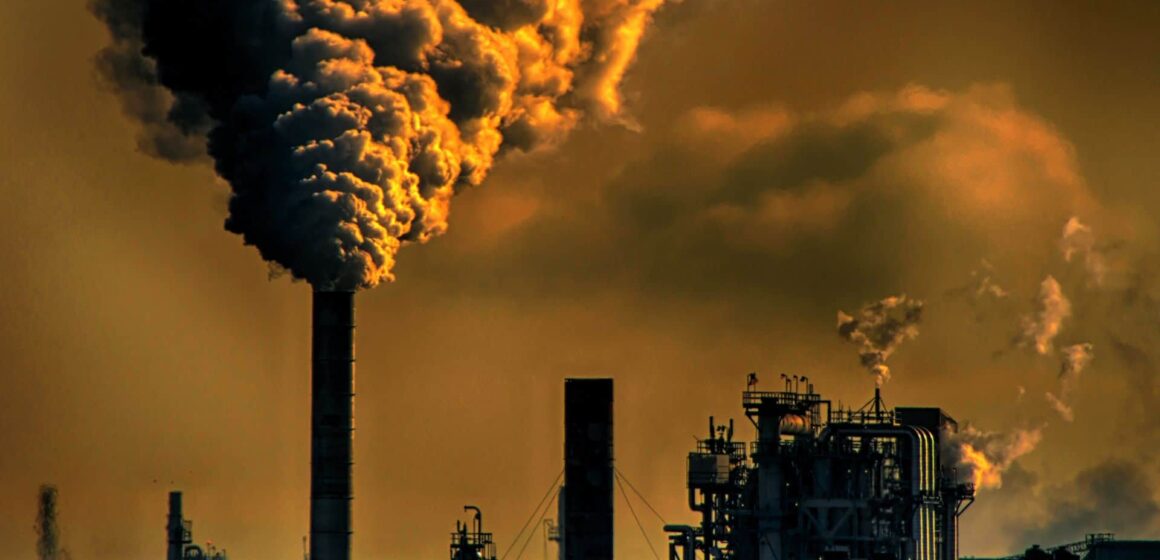A NASA simulation shows source-tagged carbon emissions gobbling up our planet.
A new video from NASA’s Scientific Visualization Studio YouTube channel shows the frightening reality of our current climate crisis. The video shows a model of Earth as seen from space, with a swirling cloud of orange-brown haze on top. The haze, representing the Earth’s carbon emissions from all possible sources, moves slowly downward until the globe is enveloped in an angry cloud of coffee-colored sludge. See for yourself below.
The video is a simulation created using advanced computer modeling techniques by NASA’s Global Modeling and Assimilation Office. It shows the various carbon emissions from 2021 divided into four categories: fossil fuels such as petrol and diesel in orange, burning biomass such as forest fires in red, ecosystems in green and ocean in blue.
While it doesn’t look particularly orange to our untrained eyes (then again, who are we to argue with the literal rocket scientists at NASA?), it’s clear that most of the CO2 comes from human consumption of fossil fuels.
This particular visualization focuses on the North/South American side of the globe. The flashing green dots represent the areas where plants absorb carbon emissions during the day before later releasing CO2 back into the atmosphere at night. It is apparent from the simulation that far more carbon is being put into the air than is being taken out, a problem with apocalyptic ramifications.
Like NASA SVS The web page further explains that carbon dioxide is the most prevalent driver of global climate change. The blanket of carbon emissions surrounding the globe traps the heat that radiates from the planet’s surface and returns it back to us, causing global temperature increases and erratic weather behavior.
In other words, the world right now is like a giant car sitting in a garage with one end of a hose attached to the exhaust and the other pointed directly at humanity.
In the model above, one of the biggest contributors to the orange cloud of death is the US “urban corridor” that runs from Washington to Boston, in a separate model on the SVS page that focuses on Asia and Australia, the majority of carbon emissions resulting from from China. In yet another model, the one showing Europe, the Middle East, and Africa, the climate culprit appears to be Europe.
In all models there is an area that is a large carbon sink. In the video above, it’s the South American rainforest. In the rest, it is agricultural land in Australia and Africa.
One frightening thing all three models have in common is that all carbon-absorbing areas are woefully underpowered compared to the steroid smog swirling around them. The CO2 eventually absorbs the green areas in the models, making them almost invisible.
The visuals are scary and most likely meant to be in an attempt to shock the global population into action. One thing NASA’s models make abundantly clear is that this problem is much bigger than plastic straws and recycling cans.
While personal efforts to help the environment are noble and always to be applauded, only a widespread change in the way corporations operate globally is likely to have a significant chance of reducing the planet’s carbon emissions.

